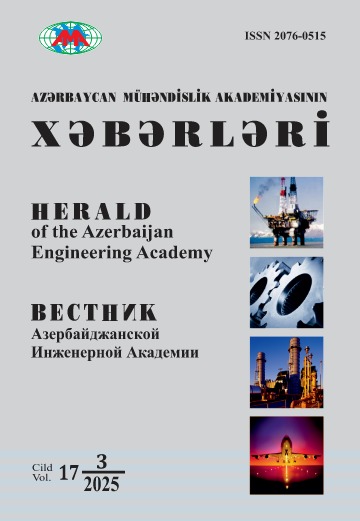Distinctive Features of the IR Spectra of Crude Oil from Enterprises of the Absheron Peninsula of Azerbaijan
DOI:
https://doi.org/10.52171/herald263Keywords:
IR spectroscopy, IR absorption, oil pollution, crude oil, oil leakage, Absheron Peninsula, Caspian Sea, express analysisAbstract
The present study determines the feasibility of using Fourier transform infrared (IR) spec-troscopy (FTIR) as a substitute for traditional petroleum geochemical methods for determining the characteristics of crude oil and various methods for determining the source of a crude oil leak. FTIR provides very important information about the chemical composition and various chemical inclusions of crude oil. It is known that there are 12 oil and gas producing companies (OGPC) in the Republic of Azerbaijan, including 8 owned by Azerbaijan and 4 owned by joint-stock compa-nies. Experience shows that in most cases of an oil spill, it is desirable to have more than one experimental method to determine the source of the alleged spill of crude oil and its properties. In our previously published articles, we described the results of the analysis of laser-induced fluores-cence and Raman spectra. In this article, we present the results of the IR transmission spectra of crude oil samples taken from 12 OGPC of the Azerbaijan Republic. These data will be used to create a Database of IR absorption spectra of crude oil produced by OGPC of the Republic of Azerbaijan.
Downloads
Published
How to Cite
Issue
Section
License

This work is licensed under a Creative Commons Attribution-NonCommercial 4.0 International License.



